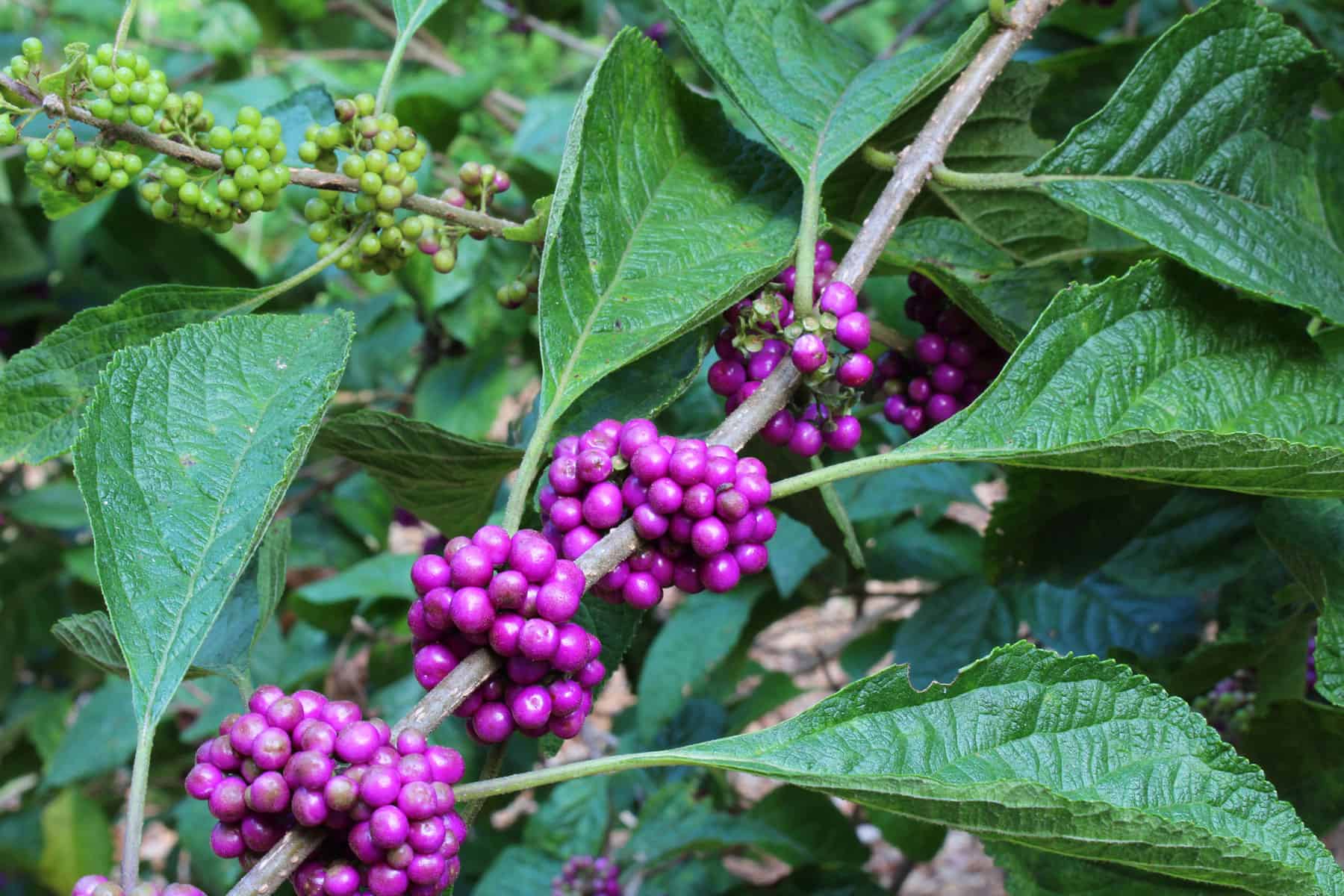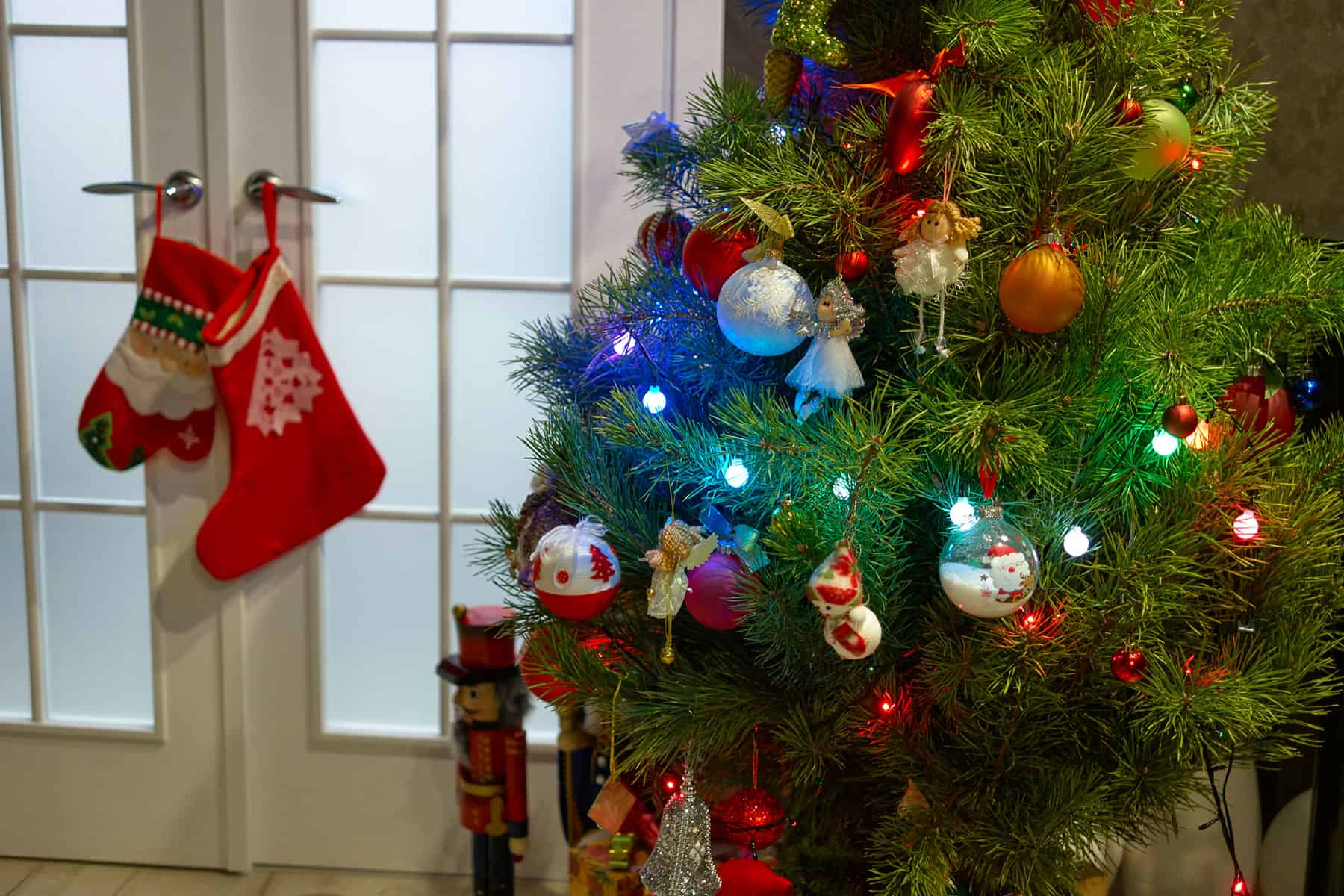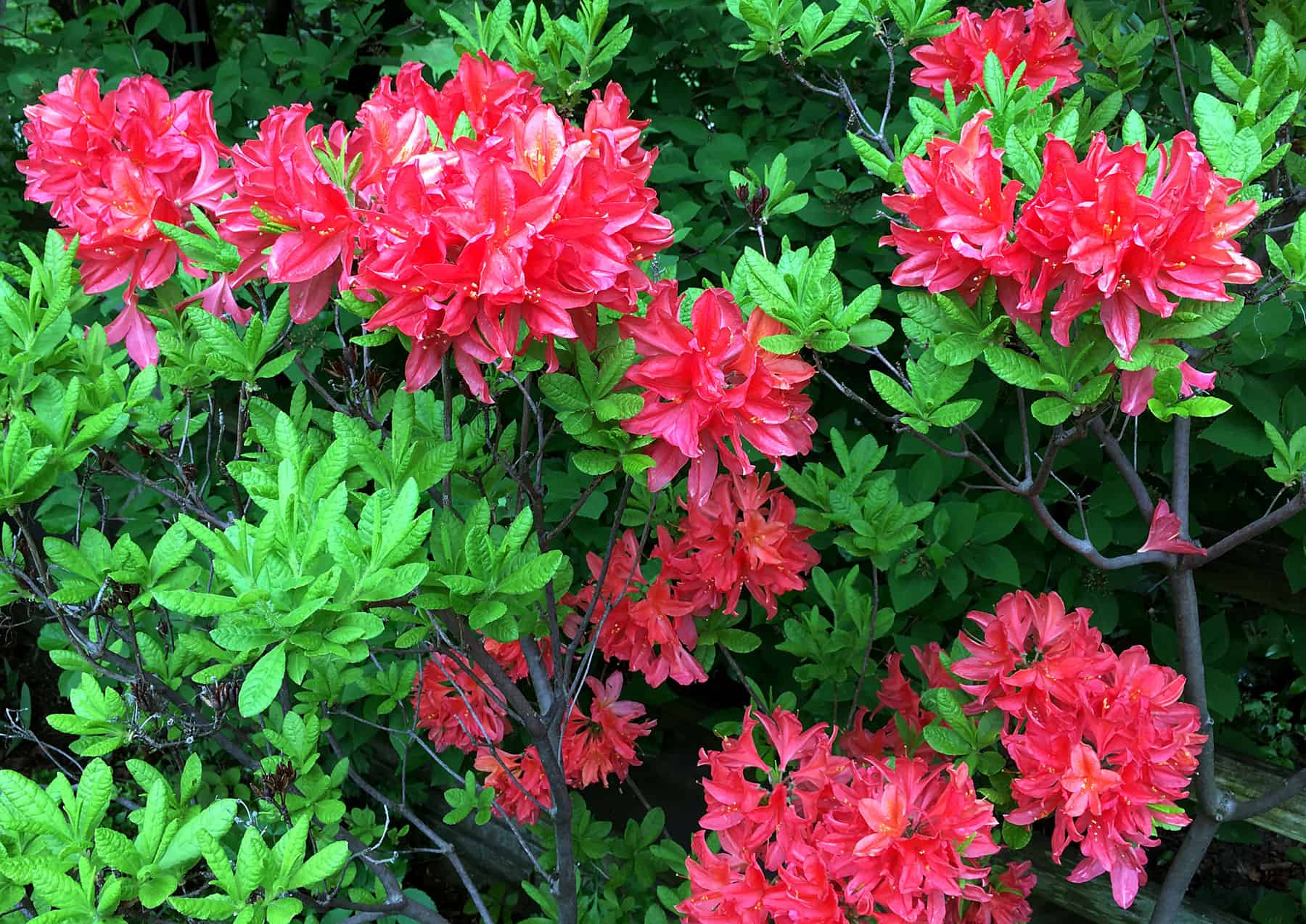
Fall’s Favourite Plant for Wildlife * Large Weblog of Gardening
American Beautyberry is a stunning plant in your fall yard. It attracts birds and fully completely different wildlife who feast on its good purple berries.
Contained in the spring, American Beautyberry is a fairly unassuming nonetheless partaking woody perennial shrub. Barely fragrant leaves seem on its upright, arching stems, adopted by small flowers in late spring and summer time season that help many pollinators.
However in early fall, American Beautyberry transforms from run-of-the-mill to the star of the yard. Its foliage turns to gentle yellow, and iridescent purple berries (drupes, technically) seem in its leaf axils. Some varieties have white, rose, or blue berries.
As fall marches on, the leaves drop and the berries are left alone on the stems when there is also little else to draw your eye in your fall yard. The berries persist efficiently into winter in addition to eaten by wildlife like birds, foxes, opossums, and fully completely different mammals (which is normally the case).
The place and when to plant American Beautyberry
Native to the southeastern U.S., American Beautyberry might very properly be grown in hardiness zones 7-11 and in zone 6B if winter just isn’t going to be too chilly or the plant is protected in direction of a deep freeze.
In its native habitat, American Beautyberry is discovered rising contained in the open, in meadows, thickets, woodlands, or on the perimeters of swamps. Inside the house yard, it have to be planted in spring in a sunny or calmly shaded space and in any soil that drains efficiently and has an excessive amount of pure matter. It can’t tolerate deep shade.
American Beautyberry Repairs
American Beautyberry has few wants or factors if planted inside the right location.
- In late winter or spring, take away earlier canes to rejuvenate the shrub for the showiest current of berries, as flowers and fruit seem on new shoots.
- To make sure that you extra compact progress, scale back the shrub to 12″ above the underside in late winter.
- If left alone, it may change right into a naturally tall, woody shrub.
- All via a summer time season drought, the shrub may defoliate and lose rising fruit.
American Beautyberry Traits
| Official Title | American Beautyberry (Callicarpa americana). |
| Plant Selection | Deciduous shrub (loses leaves in winter). |
| Plant household | Lamiaceae (mint). |
| Hardiness Zones | 6b-10 (may want some safety all via chilly winters in zone 6). |
| Native vary | Southeastern and central United States, Northern Mexico, Bermuda, Cuba. |
| Prime | 3-6 Ft (as lots as 9 toes in favorable situations). |
| Unfold | 3-6 toes. |
| Picture voltaic | Full picture voltaic to gentle shade (is not going to tolerate deep shade). |
| Bloom Time | Small lavender, white or pink flowers bloom all by way of summer time season and help many pollinators. |
| Fruit | Seem in fall. Sometimes purple, nonetheless some varieties are white, rose, or blue. Fruit manufacturing is extra plentiful on shrubs in full picture voltaic, and little fruit seems on crops in shade. |
| Repairs | Gentle. Little needs to be executed after the plant is established. |
| Water use | Few. Comparatively pest and disease-free. |
| Bark | Easy. Gentle brown on earlier wooden, reddish brown on youthful wooden. |
| Attracts | Small lavender, white, or pink flowers bloom all by way of summer time season and help many pollinators. |
| Curiosity | Shiny purple berries persist via winter if not eaten by wildlife. |
| Factors | Wild birds, raccoons, armadillos, opossums, squirrels, and foxes eat the berries. Deer graze on the foliage. |
See the video on American Beautyberry from North Carolina Sea Grant.
Sources: Missouri Botanical Yard, North Carolina State Extension, School of Florida, Clemson Cooperative Extension, Wikipedia.


